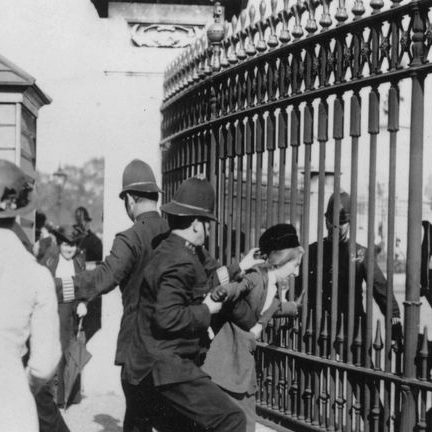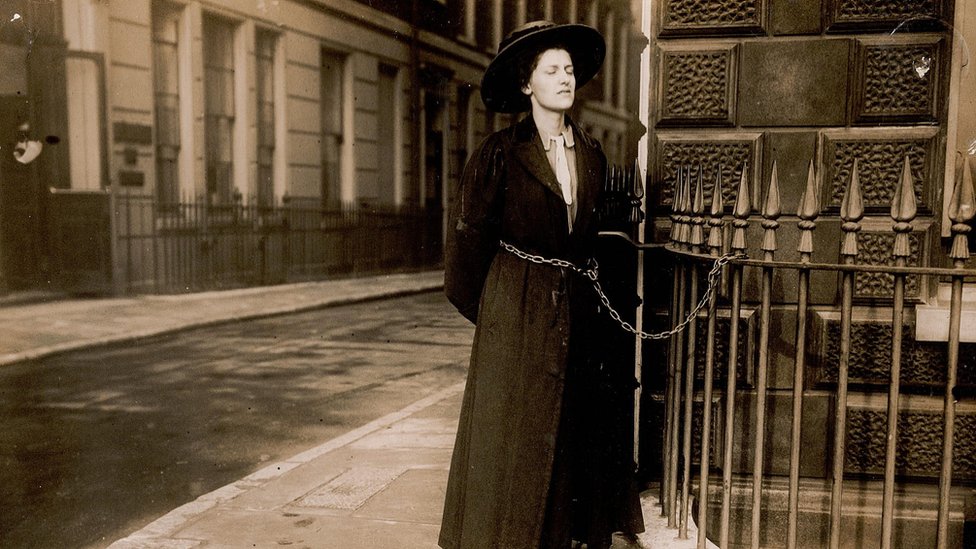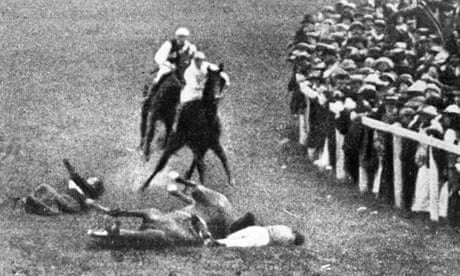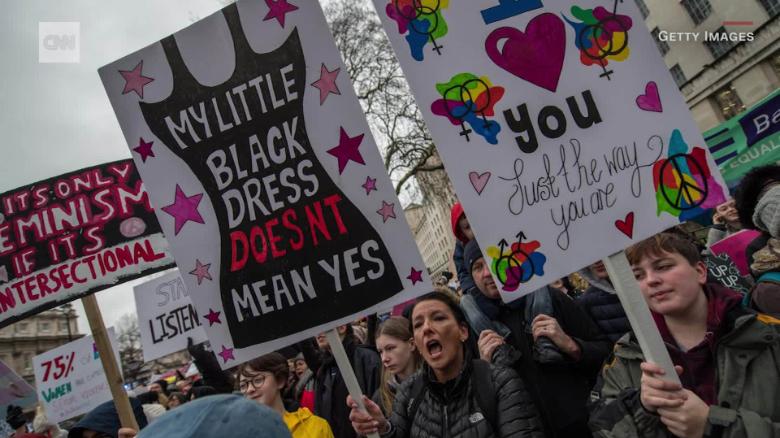Historic movement
Women’s Suffrage movement

The term ‘Suffragette’ first came into use in 1906 to describe the women campaigning for their right to vote in the United Kingdom. Society at the time was highly patriarchal, where women’s rights were place on a par with servants, criminals and lunatics (three categories of people who were not given the right to vote).
The campaign against women’s suffrage had been going on since the 1860s by the Suffragists, who mainly advocated for middle class women. It was quickly escalated by Emmeline Pankhurst and her daughters (Sylvia and Christabel) who founded the Women’s Social and Political Union (WSPU) in 1903, separating the movement into two factions- peaceful Suffragists and militant Suffragettes.

The WSPU was a women-only political movement and militant organisation arguing against women’s suffrage from 1903 to 1918. As these suffragettes became more militant, their actions and their treatment from the police also became more violent. The suffragettes begun their movement by encouraging working-class women to revolt, initially starting their protest by chaining themselves to the railings outside the Prime Minister’s property. The lack of response against this lead the suffragettes to take a more aggressive approach: Smashing windows, orchestrating arson attacks and causing riots at public demonstrations. Inevitably, many suffragettes were arrested for public disorder and give prison sentences, ranging from a couple of days to a number of months.

In response to these arrests, the imprisoned suffragettes often refused to pay their fines and went on hunger strike. This ultimately led to the Cat and Mouse Act which was passed in 1913, allowing for the early release of prisoners who had become so weak by hunger striking that they were at risk of death. However, this type of protest only proved successful for a limited time. Authorities implemented force-feeding into the prisons, whereby women who refused to eat were restrained while a tube was forced down their throat or up through their nose.

One of the most fateful incidents during the movement was the death of Emily Wilding Davidson at the Epsom Derby. The accident was broadcast live in which Davidson could be seen running out in front of the King’s horse in an attempt to attach a flag to it’s bridal. The act had failed horribly. Davidson was trampled by the horse and died four days later due to her extensive injuries. She became a martyr for the suffragettes and many applaud her for her commitment to the movement and admire her for her bravery.

“It is hugely significant as a moment in history, a moment that absolutely sums up the desperation of women in this country who wanted the vote.”
When World War One commenced in 1914, the suffragette movement was suspended. However, progress was made in 1918, where women over the age of 30 were given the right to vote if they met certain property qualifications. Although it was a breakthrough, women’s rights were still not equal to those of men, who were given the right to vote at the age of 21. Furthermore, the Parliament (Qualification of Women) Act 1918 was passed, allowing women to be elected into Parliament. It took another decade before women were allowed to vote at 21 but the Representation of the People Act was passed in 1928, providing women with the same voting rights as men in the United Kingdom.
Modern Movement
The ‘Me Too’ Movement

The Me Too movement is a modern, social movement against sexual abuse and sexual harassment towards women.
This particular movement was established in 2006 by American social activist Tarana Burke, in an effort to publicize allegations of sex crimes which had been committed by powerful and prominent men.
Burke (pictured on the left) first used the phrase ‘me too’ on the online platform MySpace to highlight the contingency of sexual harassment, particularly as it targeted women of colour. The phrase came about after she felt unable to respond to a 13-year-old girl who opened up about being sexually assaulted. Burke said she later wished she had simply told the girl: “Me too”.
It Focuses on the experiences of sexual violence survivors, has received a large response as sexual harassment and sexual assault impact the women in our society every day.
The movement became relatively prominent in 2017, when numerous high-profile actresses opened up about the sexual harassment they had experienced in the film industry. Many of these actresses spoke out about the harassment received from the film producer Harvey Weinstein. Alyssa Milano, specifically, acted as a catalyst for the movement after turning the phrase into the well known hashtag #MeToo.
Following this, the movement has provided solidarity for those who have experienced harassment of this sort by showing the world just how prominent sexual harassment is in our society and the movement helps to make these survivors aware that they’re not alone.

The media coverage of this movement has uncovered some heartbreaking statistics:
- In France, a person who makes a sexual harassment complaint at work is reprimanded or fired 40% of the time, while the accused person is typically not investigated or punished.
- In the United States, a 2016 report states that although 25–85% of women say they experience sexual harassment at work, few ever report the incidents, most commonly due to fear of reprisal.
- Evidence shows that in Japan, as little as 4% of rape victims report the crime, and the charges are often dropped half the time.
The movement has had a large global impact. After Milano tweeted #MeToo on October 15, 2017 it was used over 200,000 times by the end of the day and tweeted almost 500,000 times in 24 hours. Additionally, on Facebook, the hashtag was used over 4.7 million times on over 12 million posts in the first 24 hours. This led to many celebrities opening up about their experience of harassment, including men such as Terry Crews and James Van Der Beek.
